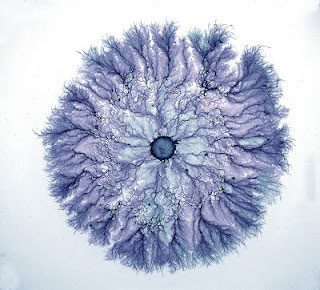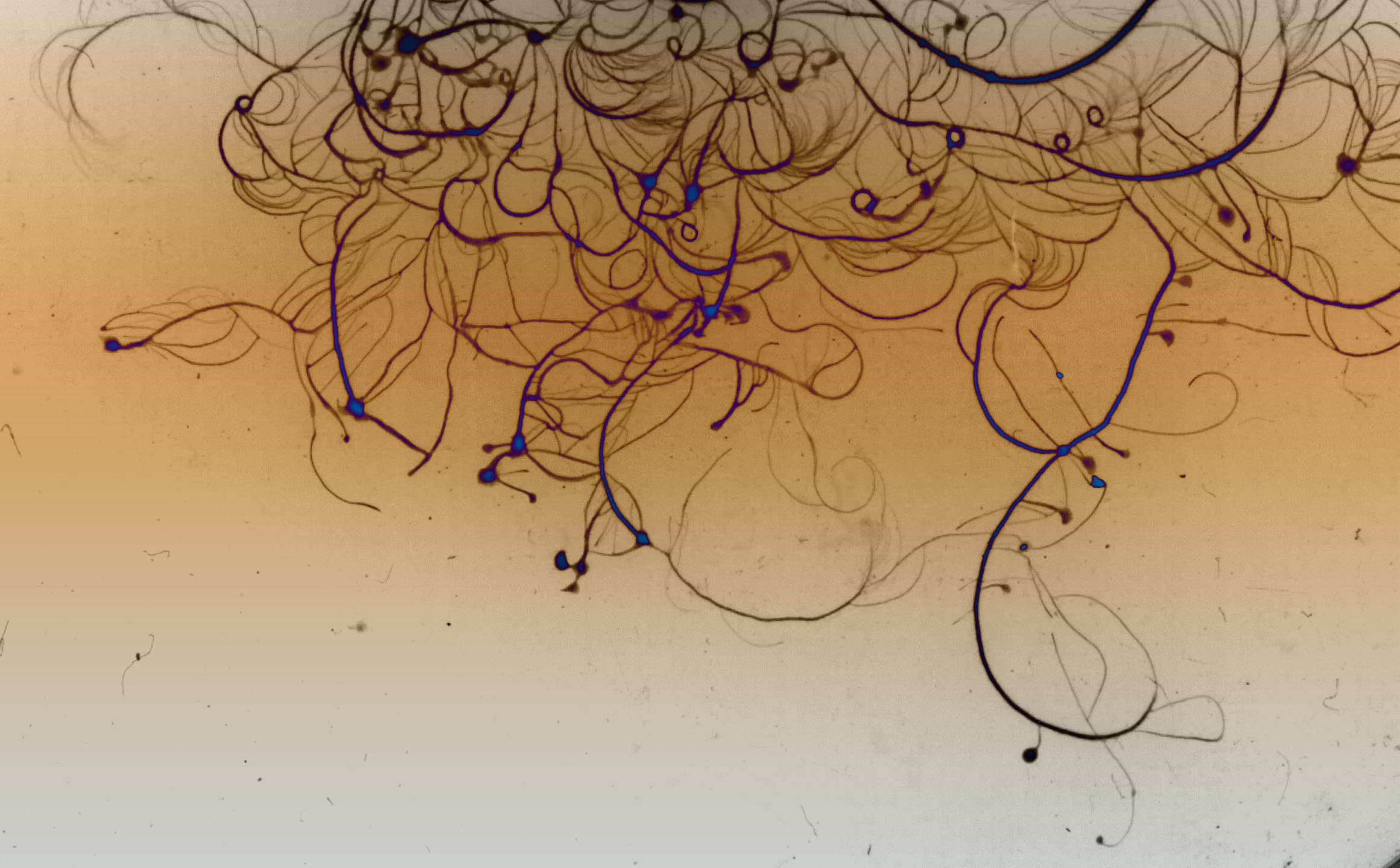A recent review paper on metastatic spread brings to the fore one of the most important questions that needs to be addressed in the creation of a physics of cancer. The basic issue is, why do the cells in the primary tumor develop the genetic and epigenetic properties that enable them to migrate through the body and establish successful (from the tumor’s perspective) metastatic outposts.

A recent review paper on metastatic spread brings to the fore one of the most important questions that needs to be addressed in the creation of a physics of cancer. The basic issue is, why do the cells in the primary tumor develop the genetic and epigenetic properties that enable them to migrate through the body and establish successful (from the tumor’s perspective) metastatic outposts. It is hard to believe that these properties are selected for by direct evolutionary pressure, as the probability of success is extremely small and cells acting independently would have a huge advantage if they just stayed put. An answer to this puzzle could inform treatments that deter metastatic spread, which after all is the cause of death in a vast majority of cases.
Before proceeding to possible resolutions, it is important to point out that metastatic growth seems to be difficult even for cells that have already done it once. One can take cells from a metastasis and implant them into fresh tissue (in a mouse model, of course) and determine the rate of successful colonization. One can then repeat the process several times to enrich for growth potential. It seems that even these cells can form secondary tumors with low probability (perhaps 1%). So, whatever the final bottleneck is in metastatic inefficiency, it does not appear that one can totally eliminate it by direct selection.
The simplest proposition to explain these observations would be to combine random genetic variation with the need for a minimum size of nucleation for tumors. The idea here is that as the primary tumor becomes more and more genetically unstable, clones emerge that are motile and that have a much reduced nucleation barrier. Exactly how long this would take to occur is impossible to estimate given our ignorance regarding the mapping from genotype to phenotype. This scenario could explain examples where cells leave the primary tumor quite early on (it is undoubtedly easier to turn on motility) but fail to establish metastases until much later. This delay could just be a numbers game (as the primary tumor grows, more cells are released increasing the cumulative odds) but surmounting an exponential barrier is usually accomplished by lowering the barrier, not increasing the prefactor. This concept does not explain why the barrier cannot become zero for the proper clone. It may be that colonization happens occurs before that (due to the large prefactor) and hence the cells never get a chance to become fully capable or it may be that a majority of the cells switch out of the capable state once growth begins; this is similar to differentiation of normal stem cells, and only the residual “cancer stem cells” are sill colonization-capable. This could be tested by attempt to enhance the percentage via selection based on stem-cell markers.
A different conceptual approach is taken by Norton and co-workers, with related work by Carlos Maley. In their formulation, cells are selected for migratory properties so as to help the primary tumor grow more efficiently. This motility may allow both for local motion and for what has been called self-seeding, namely that cells actually leave the tumor, circulate through the blood and lymph systems, and return back to the same tumor. Some evidence for this has been presented, again of course in a mouse model. It seems to me that this approach may help explain the motility transition but does nit really address why these cells can colonize foreign tissues; this again appears to be left to chance genetic changes of these now motile cells, changes that presumably are not needed to reattach to the primary tumor. This could all be investigated experimentally, bu has not yet been done so.
A last speculative idea returns to the notion of differentiation, but now within the context of the primary tumor. There are many cases in biology in which intercellular signaling maintains a small subpopulation of cells in a state which makes no sense from a purely individualistic perspective. One well-=known example is that of the persister phenotype in E. Coli, which have greatly diminished growth so as to provide an advantage to the colony as a whole. Tumors might create a reservoir of seeding cells (with both migratory and colonization capabilities) as insurance against environmental disaster; these cells would have some characteristics of stem cells, but need not be a fixed subpopulation. This idea meshes with the previous explanation for why the typical cells in a metastasis are not very colonization-capable, but many, many questions remain. The role of genetic versus epigenetic degrees of freedom is obscure; cancer cells seem to make much more use of genetic variation than do, for example, bacterial colonies. It is less obvious how to explain “metastatic tropism” (the strong correlation between primary tumor site and metastasis location); in the nucleation picture, one can easily imagine a barrier that varies with target tissue type. Perhaps even the maintained seeding cells are not equally well-matched to alternate sites for spread, and probably even these cells have some sort of growth barrier to surmount.
It is our job as physicists to connect these conceptual pictures with doable experimental tests. It is only then that we can truly be on the road to creating the field of the “physics of cancer”.





